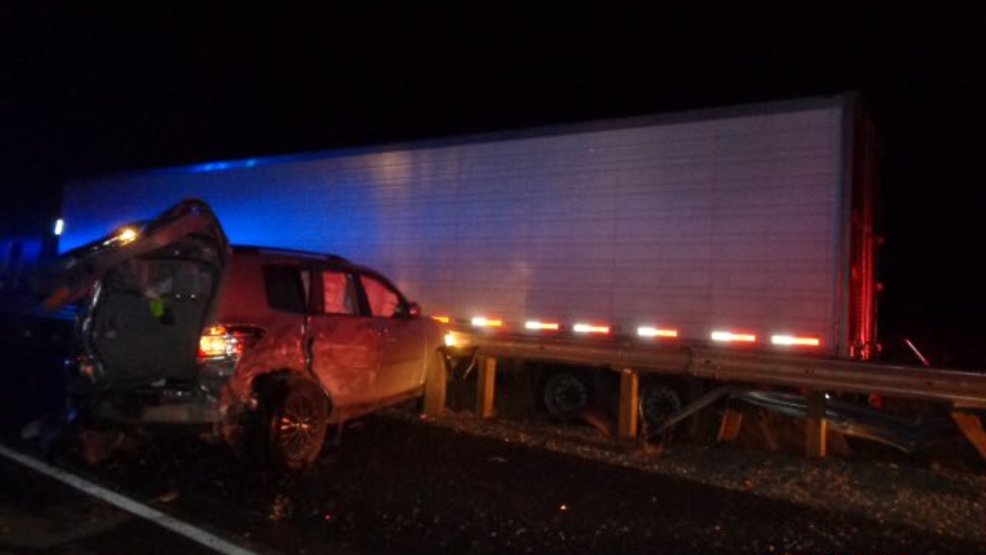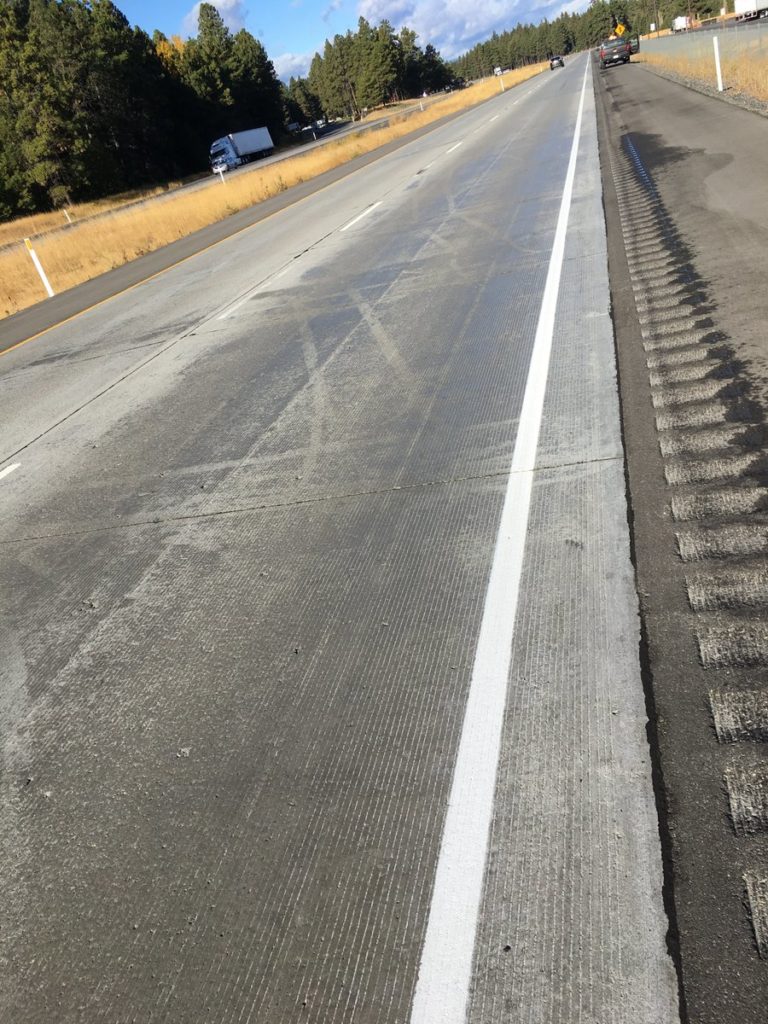It was this I-90 crash, with five semi-trucks and three cars in a pile-up, that brought attention to an ongoing problem.

Reportedly, a semi-truck jackknifed in the westbound lane of I-90. Another semi-truck driver lost control while trying to avoid a collision with the first truck, and ended up in the ditch on the opposite shoulder.
As a semi pulling double trailers tried to go between the two semi-truck it struck two passenger cars. Then, two semi-trucks collided with each other as the truckers tried to get around the crash site.
When the road is a factor in an I-90 crash
Over the last year, there has been an unusually high number of crashes on that section of I-90 near Cle Elum, Washington.
After that five-truck crash in October—followed by another semi-truck crash the next day— the Washington State Department of Transportation investigated the area. Then, they tested the road surface, which was repaved just last year.
They concluded that a section of highway had limited slip-resistance, which made it particularly dangerous.
During a weekend lane closure, crews worked to increase resistance on the road surface.

On this blog—and in my law firm—we don’t talk about a “truck accident”, or an “I-90 accident”. Most “accidents” are not accidents at all: they are predictable and preventable crashes. Often, poor driving decisions are a factor.
In that case, the road surface itself was likely a factor in a number of I-90 crashes.
I don’t know if WSDOT crews made mistakes when the road was repaved last year, but a representative told a reporter that the road was built to specifications.
“I don’t know that it could have been prevented.”
State troopers said that truck speed was likely a factor in this I-90 crash—and in others. The weather over the Snoqualmie Pass was probably a factor as well.
But it seems clear to me that these I-90 semi-truck crashes could have been prevented by WSDOT.


